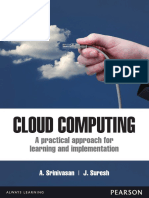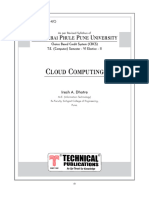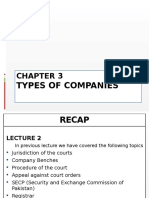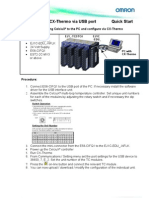0% found this document useful (0 votes)
27 views4 pagesCloud Computing Report
Cloud computing delivers computing services over the internet, offering scalability, efficiency, and cost-effectiveness without the need for physical infrastructure. It has evolved since the 1960s, with various service models like IaaS, PaaS, and SaaS, and deployment models including public, private, hybrid, and community clouds. While it provides significant benefits such as cost efficiency and accessibility, challenges like security risks and vendor lock-in must be addressed.
Uploaded by
tharunss192006Copyright
© © All Rights Reserved
We take content rights seriously. If you suspect this is your content, claim it here.
Available Formats
Download as PDF, TXT or read online on Scribd
0% found this document useful (0 votes)
27 views4 pagesCloud Computing Report
Cloud computing delivers computing services over the internet, offering scalability, efficiency, and cost-effectiveness without the need for physical infrastructure. It has evolved since the 1960s, with various service models like IaaS, PaaS, and SaaS, and deployment models including public, private, hybrid, and community clouds. While it provides significant benefits such as cost efficiency and accessibility, challenges like security risks and vendor lock-in must be addressed.
Uploaded by
tharunss192006Copyright
© © All Rights Reserved
We take content rights seriously. If you suspect this is your content, claim it here.
Available Formats
Download as PDF, TXT or read online on Scribd
/ 4























































































